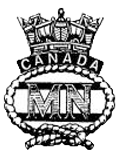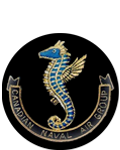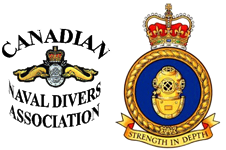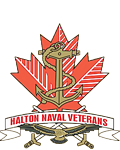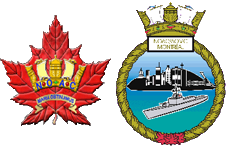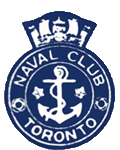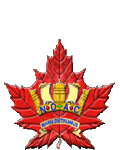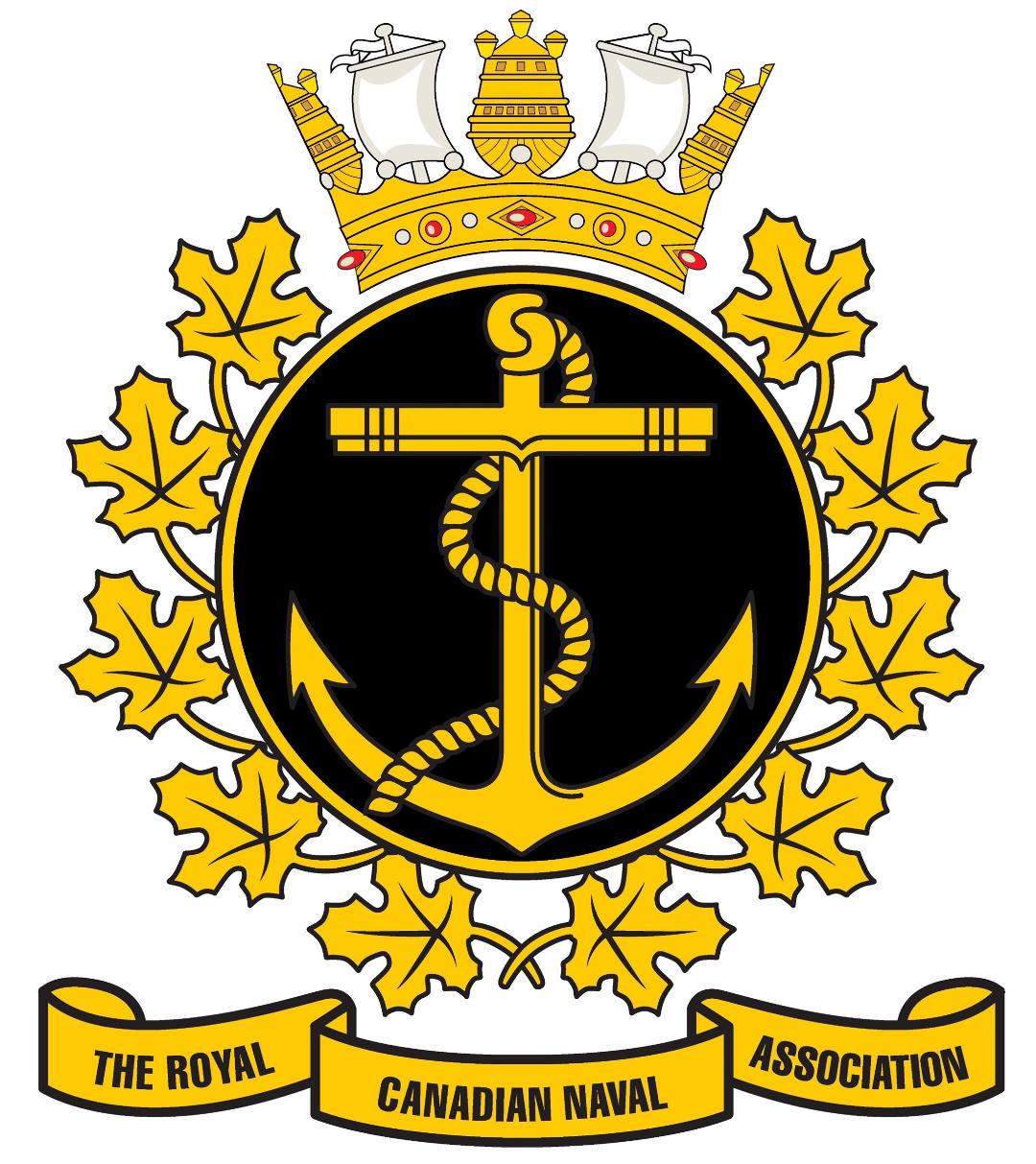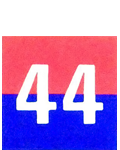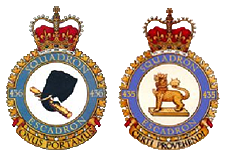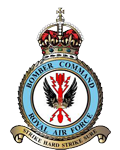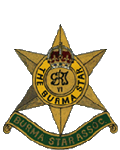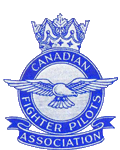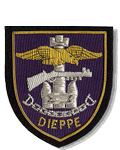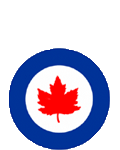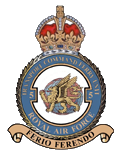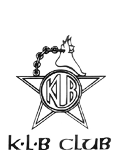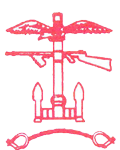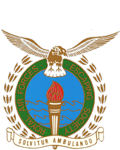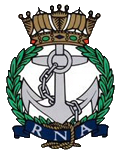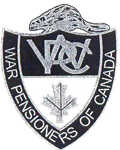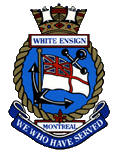400 Squadron Historical Society (Toronto)
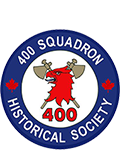
The 400 Squadron Historical Society consists of former members of the 400 Squadron and is based in Toronto, Ontario. The society is involved in historical documentation and other heritage projects. In 2012, the society designed and erected the 400 Squadron memorial monument and installed approximately 200 Ad Astra stones at the National Air Force Museum of Canada in Trenton, Ontario. Other projects include aircraft restoration, a search for a missing 400 Squadron pilot and aircraft, and building a comprehensive history of the squadron. The society joined NCVA in 2018.
Airborne Regiment Association of Canada
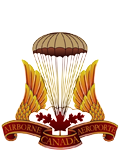
Members of the Airborne Regiment Association of Canada celebrated the association's 30th anniversary in April 2016 and honoured their heritage from their forefathers in the Canadian Parachute Corps as well as the First Special Service Force. The association is committed to promoting the general effectiveness and esprit de corps of the Canadian Airborne Regiment and its battle group. They also advocate for the interests of the retired veterans who served in the Canadian Airborne Regiment and its battle group from 1968 until 1995. The association became a member of NCVA in 2016.
Website
Aircrew Association
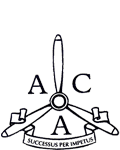
The Aircrew Association exists to foster comradeship among those who, having been awarded an official flying badge, have qualified to operate military aircraft and are serving or have served in the armed forces of those nations allied to the United Kingdom, the Commonwealth countries and NATO. The association provides the structure, facilities and conditions so that members can promote and enjoy camaraderie, as well as social, intelligent and cultural activities.
The following are members of this association: Vancouver Island Aircrew Association, Greater Vancouver Aircrew Association, Southern Alberta Aircrew Association, Aircrew Association of Ontario and Nova Scotia Aircrew Association. Since the dissolution of the United Kingdom headquarters of the Aircrew Association, all the previously mentioned member associations operate independently, but with the same purpose. The Aircrew Association joined NCVA in 1992.
The Algonquin Regiment Veterans' Association
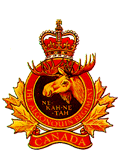
Formed right after the Second World War, the Algonquin Regiment Veterans' Association aims to bring together its members for the mutual benefit and support of Algonquin veterans; to encourage and maintain comradeship and friendly relationships that exist among members of the association and members of the Algonquin Regiment; to give assistance, support and co-operation to the Algonquin Regiment and affiliated Algonquin cadet corps; and to promote, develop and care for suitable memorials to late comrades-in-arms in such areas where this has not been already accomplished. This association joined NCVA in 2005.
Armed Forces Pensioners'/Annuitants' Association of Canada
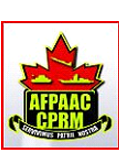
This association was founded in 1970 to advance, promote and protect the interests and well-being of members of the CAF (as well as their survivors and dependants) who are honourably released and in receipt of the Canadian Forces Superannuation. The association has had significant participation in several submissions to government committees with regard to benefits to retired CAF members. The association has been a member of NCVA since 1991.
Website
The Black Watch (Royal Highland Regiment) of Canada Association
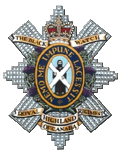
Although its lineage dates back to 1862, this association was officially formed as the Black Watch in 1930. During the First World War, 11,954 officers and enlisted men fought in the three battalions of the Royal Canadian Regiment, winning 26 battle honours. During the Second World War, the Royal Canadian Regiment joined with battalions of the Black Watch from all parts of the Commonwealth in the struggle to defeat the Axis powers. The regiment first saw action at Dieppe, where its C Company and mortar platoon were key components of the assault force. Landing in Normandy shortly after D-Day, the Black Watch participated in some 30 battle actions throughout France, Belgium, the Netherlands and Germany. Members of the regiment won 211 honours and awards for the campaign. Today, the Black Watch is a modern infantry battalion providing trained soldiers to augment regular force units to aid civil authorities in times of crises. The association has been a member of NCVA since 2002.
Website
Canadian Airborne Forces Association
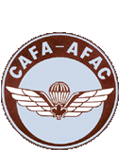
The Canadian Airborne Forces Association is the umbrella for all airborne associations within the Canadian Airborne Brotherhood. Its members are extremely interested in all matters and concerns as they affect all veterans. A number of them make annual appearances at schools or service clubs to either educate or remind their audiences of Canada's many contributions and sacrifices in war and peacekeeping. The association has been a member of NCVA since 1997.
Website
Canadian Association of World War II Veterans from the Soviet Union
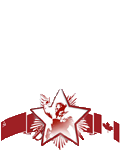
Members of this association are Russian-speaking veterans of the Second World War. The association's mandate is to educate younger generations through lectures and written memoirs, collect and preserve artifacts from the war years, and care for veterans. The association was founded in 2004 and joined NCVA in 2010.
Canadian Corps Association
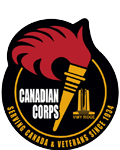
The Canadian Corps Association was one of the original member associations of NCVA. It was formed in 1934 by the First World War veterans who wanted to "promote the welfare of the veteran and their dependants in particular, and Canada as a whole." Its name came from the front-line soldiers who fought in the trenches during the First World War, but the association has always been open to all ex-service men and women and, as of late, to their descendants.
Canadian Forces Communications and Electronics Association
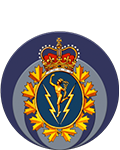
A connected, professional and social community, this association comes together to support the CAF, the C&E Branch and its serving and veteran members. Its mission is to connect individual members and groups of the extended C&E community; contribute to the well-being of all past, present and future military C&E communicators; contribute to the enhancement of the effectiveness of the military C&E operational capability within the CAF; and preserve, celebrate and educate the public about the military C&E heritage. This association joined NCVA in 2015.
Website
Canadian Infantry Association
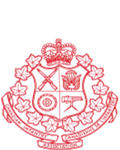
Membership of the Canadian Infantry Association includes all who have served or are serving infanteers, from all regular and reserve units as well as the infantry school. The objective of the association is to promote and improve the esprit de corps and operational effectiveness of the infantry arm of the CAF and to co-operate with all other arms of the service for promotion of general efficiency. The association was founded in 1912 and joined NCVA in 2015.
Canadian Military Intelligence Association
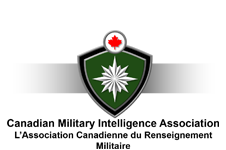
The Canadian Military Intelligence Association (CMIA) was originally founded in 1947 to further the interests of Canadian military intelligence after the Second World War. Today, CMIA is the professional association of the intelligence branch of the Canadian Armed Forces. Membership is voluntary and not supported by public funds. The aim of the association is to foster, maintain and promote the well-being of intelligence branch serving and retired members; organize, facilitate and support professional development opportunities; and advocate for defence and military intelligence.
Website
Canadian Paraplegic Association
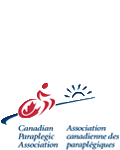
A long-standing member of NCVA, the Canadian Paraplegic Association was founded in 1945 by Second World War veterans who returned home with spinal cord injuries. More than 65 years later, the Canadian Paraplegic Association's mission, "to assist persons with spinal cord injuries and other physical disabilities to achieve independence, self-reliance and full community participation," focuses on supporting the individual's physical and psycho-social work towards their improved physical and emotional well-being.
The Canadian Scottish Regimental Association
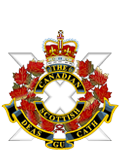
The Canadian Scottish Regimental Association was officially formed in 1944 to perpetuate the memories of fallen comrades with appropriate memorials and pilgrimages; to bring together its members for the mutual benefit and support of Canadian Scottish veterans, serving members, cadet corps and their next of kin as part of the Canadian Scottish Regimental family; and to encourage and maintain comradeship and friendly relations that exist among members of the association and members of the Canadian Scottish Regiment. It has been a member of NCVA since 2002.
Website
Canadian Tribal Destroyer Association
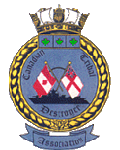
This association joined NCVA in 2002 but officially disbanded in 2008. It consisted of members of the Navy who have served or are serving aboard a Tribal Class Destroyer (Iroquois, Haida, Mi'kmaq, Cayuga, Athabaskan, Huron and Nootka). The greater majority of these sailors served during the Second World War and the Korean War.
Website
The Chief and Petty Officers' Association
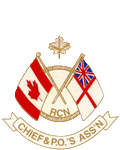
The Chief and Petty Officers' Association was formed in 1955 by 25 retired Chief and Petty Officers with the objective of maintaining Royal Canadian Navy traditions and identifying and fulfilling a number of support services for retired and serving Chief and Petty Officers. These services include, but are not limited to, visiting the sick, liaising with VAC, and assisting members and their families with pensions and other benefits. The association currently numbers more than 900 members nationally. It joined NCVA in 2012.
First Special Service Force Association
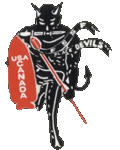
The First Special Service Force (FSSF) Association was created to develop and maintain a program of activities that will serve the interests of its members. As the FSSF was uniquely made up of Canadians and Americans, the association emphasizes the importance of maintaining and enriching the close bonds of friendship that were developed between the members while serving together during the Second World War. This association joined NCVA in 1985.
Website
Hong Kong Veterans Commemorative Association

The Hong Kong Veterans Commemorative Association was born out of an idea in 1993 by the sons and daughters of members of the Hong Kong Veterans Association (HKVA), a long-standing member of NCVA. This idea was based on the concern that HKVA members were beginning to struggle due to advancing age and increasing health problems, having less energy to fulfil their association's aims. The result was a proposal that was presented and accepted by the HKVA national executive in 1995. The association's mission is to educate all Canadians on the role of Canada's soldiers in the Battle of Hong Kong and on the effects of the internment of the battle's survivors on both the soldiers and their families. It also assists in the support and welfare of Hong Kong veterans and their widows.
Website
Jewish War Veterans of Canada
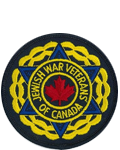
The Jewish War Veterans of Canada was created in 1968 to assist veterans and their families in receiving any entitled benefits that may be due to them; to honour the memory of those Jewish servicemen and women who died in the service of their country; and to honour the memory of the Jews who perished in the Holocaust preceding and during the Second World War. This association is a long-standing member of NCVA.
Korea Veterans Association of Canada
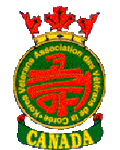
The Korea Veterans Association of Canada (KVA) embodies the spirit of comradeship that was developed during the Korean War and the years that followed. KVA is comprised primarily of members who served in the CAF in Korea during the 1950-1953 war and on peacekeeping duties in Korea from 1953 to 1955. Encompassed in the objectives of KVA are the welfare and concerns of Korean War veterans and their families. Representation is frequently made to government departments and other groups either directly or in conjunction with the Royal Canadian Legion or NCVA to protect the interests of association members. KVA has been a member of NCVA since 1982.
The Limber Gunners
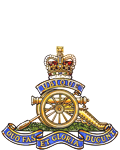
The Limber Gunners were formed in 1997 to assist with both the current and future acquisition, restoration, maintenance and display of the historic artillery and associated military equipment owned under the umbrella of the Toronto Artillery Foundation and on loan to the 7th Toronto Regiment, RCA. The Limber Gunners are affiliated with the Ontario Military Vehicle Association and the Ontario Regiment Museum (the Ferret Club). They joined NCVA in 2005.
Maritime Air Veterans Association
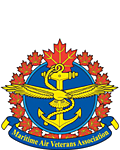
A veterans advocacy organization, the Maritime Air Veterans Association is comprised of retired RCAF and RCN maritime aviators and technical and logistical personnel who participated in naval air and maritime patrol operations during their careers. Its role is to provide fraternal comradeship and support, and to advocate to VAC and others on issues that affect maritime air veterans. The association joined NCVA in 2016.
Métis Nation of Ontario Veterans' Council
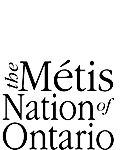
This association was established in 2001 and received their final charter in 2004. It was created to assist all Métis veterans. Since First Nations veterans had their own organizations, the Métis Nation was established to see that their needs were met. It is the mission of the association to assist Métis veterans and their families with securing veterans' rights and equitable treatment from VAC and other government agencies. It joined NCVA in 2002.
Website
The Military Vehicle Hobbyists Association
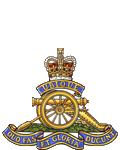
Formed in 1997, the Military Vehicle Hobbyists Association is dedicated to the promotion of Canadian military heritage, with emphasis on the restoration of historic Canadian military vehicles. They are affiliated with the Limber Gunners. The association joined NCVA in 2005.
Nursing Sisters' Association of Canada
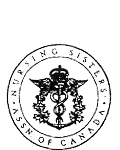
The Nursing Sisters' Association of Canada was established in 1920 to strengthen the bonds that had made them one mind and spirit, to continue a fellowship that was particular to those who served overseas during the Great War, and to help one another should the occasion arise. The restrictive "overseas" rule was eventually overturned and the Nursing Sisters declared that any nurse who had served in the armed service of Canada or her Allies was eligible for membership. The association is a long-standing member of NCVA.
Operation Legacy
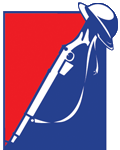
Operation Legacy began in 1991. Through Operation Legacy, members of The War Amps Child Amputee (CHAMP) Program teach younger generations the importance of remembering the sacrifice of our fallen soldiers and of our veterans. This independent and dedicated group of young Canadians is committed to commemorating and preserving Canada's military heritage. Members of Operation Legacy are well-versed in Canada's military history. Through Operation Legacy, members of CHAMP will continue The War Amps tradition of "amputees helping amputees" and will pass the torch of remembrance to future generations. It is a long-standing member of NCVA.
Website
The Polish Combatants' Association in Canada
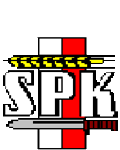
The Polish Combatants' Association – SPK in its Polish acronym – is an international association of Polish ex-servicemen and women. It was formed in Italy after the end of the Second World War when Poland fell under Communist control. Since many Poles had already suffered under the Communist occupation of Poland, they could not return to their homeland. They began to immigrate to countries all over the world and formed their association to keep their ties alive and continue their fight to free Poland from Communist oppression. Today, SPK has chapters in 21 different countries. The first Canadian chapter of SPK was formed in Italy on October 3, 1946, before the veterans left Falconara camp near Ancona. The association is a long-standing member of NCVA.
Website
The Princess Patricia's Canadian Light Infantry Association

The Princess Patricia's Canadian Light Infantry (PPCLI) Association started informally during the First World War when injured soldiers from the regiment sought each other out in hospital. These gatherings later became regional meetings of Patricia Clubs and Wives Clubs, culminating in incorporation as the PPCLI Association in 1953. The association has kept abreast of changing times by creating various support programs. The Volunteer Patricia Program, offered by each branch, was started to assist those returning to civilian life and those with PTSD. Operation Small Pack was initiated to support those who were injured in Afghanistan and sent to Germany; each small pack contained the basics required for personal grooming and clothing. They also sent money to the families left behind for Christmas parties for children. Bursaries are also offered to all members of the regiment and their families. In 2008, the association was presented with the Canadian Forces Medallion for Distinguished Service for support to the regiment and the CAF.
All serving and released members, including all trades that have been attached to the regiment, are welcome to join any branch meeting across Canada. The association joined NCVA in 2020.
Website
The Queen's Own Rifles of Canada Association
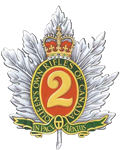
Originally the Second Battalion, Volunteer Militia Rifles of Canada, The Queen's Own Rifles of Canada was formed on April 26, 1860. The cap badge still bears the number 2 in recognition of its seniority among regiments in Canada. The present-day association is comprised of serving and past members of the regiment as well as their family members and others deemed to be friends of the regiment. The association began during the First World War (1916) and, unlike many patriotic organizations formed at that time, has continued its work and remains an important factor in the life of the regiment today. The association has been a member of NCVA since 2002.
Royal Canadian Air Force Association
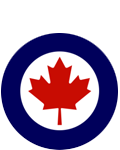
Membership of the Royal Canadian Air Force Association includes veterans as well as currently serving members of the RCAF. It is an active and well-respected organization in Canada. The association is instrumental in the annual commemoration of the Battle of Britain held each September. It has been part of NCVA since the 1960s.
Website
Royal Canadian Air Force Pre-War Club of Canada
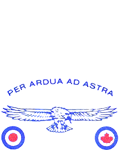
The Royal Canadian Air Force Pre-War Club of Canada was established in 1966 to draw together, as regular members, all ranks who had served in the Air Force prior to September 1939 and, as associate members, anyone who had worn the Air Force Blue prior to integration (1968). The main objectives of the club are to maintain the traditions and history of the RCAF, to assist RCAF veterans in any way possible, to support the Commander of the RCAF and Air Command, and to maintain and foster the bonds of fellowship developed during the service years. The association joined NCVA in 1999.
The Royal Canadian Army Service Corps Association
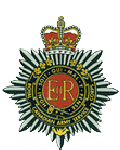
The Royal Canadian Army Service Corp has origins dating back to 1901 as an active militia. As an association, they held annual meetings from 1927 to 1939, and then again after 1945. The dedicated purpose of this association is to provide a paternal association for those persons who served in, or were directly employed by, units or motor vessels of the Royal Canadian Army Service Corps. The association has been a member of NCVA since 1991.
The Royal Canadian Regiment Association
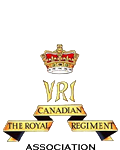
The Royal Canadian Regiment (RCR) Association was formed in 1970 by the amalgamation of the RCR Association, the RCR Officers Association and the RCR Old Comrades Association. It exists to perpetuate the close bonds of comradeship and esprit de corps created by members of the Royal Canadian Regiment in order to preserve the memory of those who have died in service with the regiment; assist the sick, wounded and needy who have served in the regiment; assist widows and children of deceased members; maintain the regiment's memorials; assist in developing, for historical purposes, the regiment's history; and most importantly, foster comradeship. The association has been a member of NCVA since 2004.
Website
Royal Winnipeg Rifles Association
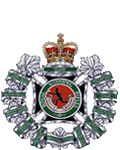
The Royal Winnipeg Rifles Association was created on December 28, 1946, to assist regimental members returning from service in the Second World War. To this day, assisting regimental members remains its chief objective, most recently in the form of supporting riflemen deployed overseas with items for care packages and other support. Over the years, the association has expanded its scope to include assisting the regiment in maintaining regimental traditions, and furthering the general interests of the regiment and its affiliated cadet corps. The association strives to assist the regiment in serving Winnipeg, the province of Manitoba and Canada in the best means possible. The association further promotes esprit de corps, friendship and good citizenship amongst past, present and future members of the regiment, encouraging cadets to enrol when eligible to further sustain the regiment. The association joined NCVA in 2000.
Website
The Sir Arthur Pearson Association of War Blinded
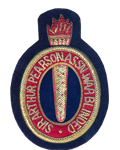
In 1918, some of the approximately 200 Canadian blinded servicemen from the First World War helped create the Canadian National Institute for the Blind (CNIB). In 1922, they formed the Sir Arthur Pearson Association of War Blinded, closely linked with CNIB, which effectively advocated for government pension entitlements, job retraining, and other social programs that allowed blinded and other disabled veterans to regain a strong measure of independence. In 1943, the association played a leading role in creating, and became a charter member of, NCVA.
The South Alberta Light Horse Regimental Association
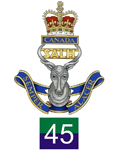
Since 2009, the South Alberta Light Horse Regimental Association has provided a home for all those who wish to support the efforts of the South Alberta Light Horse and its processor units. In 2015, it merged with the South Alberta Regiment Veterans Association, retaining the former's designation.
The South Alberta Light Horse is a primary reserve army regiment in the CAF that perpetuates many regiments from Alberta, making it a truly pan-Albertan regiment. It has existed historically in various forms since the Northwest Rebellion of 1885 and members have served in both world wars, as well as on many UN and NATO missions, including those conducted in the former Socialist Federal Republic of Yugoslavia and Afghanistan.
Website
Submariners Association of Canada (Central Branch)
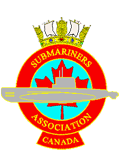
Formed in 1996, the main objectives of the Submariners Association of Canada are to provide an opportunity for persons who share a unique background as submariners to meet in fellowship; to foster and build on that friendship, goodwill and esprit de corps that members experienced during their service in the Navy; and to liaise with kindred organizations, both nationally and internationally. The association has been a member of NCVA since 2001.
Website
Toronto Police Military Veterans Association
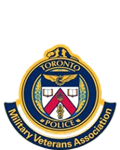
The Toronto Police Military Veterans Association was formed in 1922 by members of the force who returned after serving in the First World War. In 1968, the name was changed to the Metropolitan Toronto Police War Veterans Association, and in 2009, that name was surrendered and the Toronto Police Military Veterans Association was formed. The new association recognized that while Second World War and Korean War veterans were passing on, a new group of serving and retired police officers are now veterans of armed conflicts either with past service in military units, international peace operations, United Nations peacekeeping operations or service in reserve units with postings to areas of conflict such as Afghanistan. The association joined NCVA in 2002.
Toronto Scottish Regiment Association
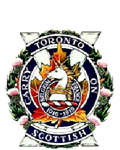
Formed in 1967, and continuing the good work of its ancestor, the 75th Battalion Association, the Toronto Scottish Regiment Association is dedicated to maintaining comradeship and mutual support for its members. It is an all-ranks organization, consisting of former and serving members of the regiment, as well as their family and descendants. The 75th Battalion Association raised the regiment in 1921 and provided its core cadre to perpetuate the spirit of the wartime battalion. The Regiment received the honour of the added title "Queen Elizabeth The Queen Mother's Own" from Queen Elizabeth II on the Queen Mother's 100th birthday in 2002. The association joined NCVA in 2005.
The War Amputations of Canada
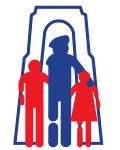
The War Amps played a leading role in creating NCVA, and became a charter member of the association. Since 1918, The War Amps has met the needs of war amputees. Today, it continues to serve them, and all Canadian amputees, including children. The Child Amputee (CHAMP) Program provides financial assistance for artificial limbs, regional seminars, peer support and more. The War Amps is funded solely through public support of the Key Tag and Address Label Service and does not receive government grants. Through CHAMP, The War Amps tradition of "amputees helping amputees" will continue long into the future.
Website
The Warriors' Day Parade Council
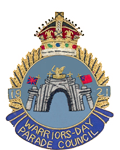
The Warriors' Day Parade Council, established in 1921, is an entirely volunteer-based organization, responsible for the overall planning, promotion and execution of the Warriors' Day Parade. The council is comprised of dedicated women and men with military backgrounds as well as individuals with experience in organization, planning and marketing. As one parade ends, planning begins almost immediately for the next year's parade.
Meeting year-round, the Warriors' Day Parade Council, with the support of dozens of other volunteers, deals with the many complex details required to ensure a successful event. It has been a member of NCVA since 2013.
Website
War Veterans & Friends Club
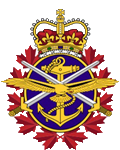
The War Veterans & Friends Club is made up of veterans of the Army, Navy, Air Force, Merchant Marine or Allied forces of the Second World War, Korean War, UN peacekeeping or any veteran of the CAF, and friends of the aforementioned veterans. Its aims and objectives are to provide a pleasant venue where veterans and their friends can come together in a social setting and enjoy a meal and an hour or so of mutual friendship and interest. The association joined NCVA in 2004.
Wren Association of Toronto
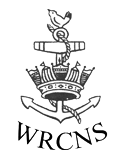
In January 1942, the Royal Canadian Navy sent a request to the British Admiralty for the loan of Women's Royal Naval Service (WRNS) personnel to help establish a Canadian women's naval service. The Women's Royal Canadian Naval Service (WRCNS) was established by order-in-council on July 31, 1942. The WRCNS was a full unit of the RCN; the Wrens were subject to the same rules, regulations and punishment as men. The officers carried the King's Commission. Virtually all of Canada's 6,783 wartime Wrens received basic training at HMCS Conestoga, in Galt (now Cambridge), Ontario, with its first trainees arriving in October 1942. The name "Wrens" was adopted from the British Force.
The association, formed in 1946, consists of former members of WRCNS, WRNS, RCN and serving women, along with RCN Reservists, former or serving, and by 2012 included associate members – women from other arms of the forces. It is an ongoing tribute to those who served. It also promotes and maintains interest in the Royal Canadian Navy and naval affairs generally, as well as encourages new members to enhance the memory of the WRCNS and their affiliates. The association joined NCVA in 2002.
Website
